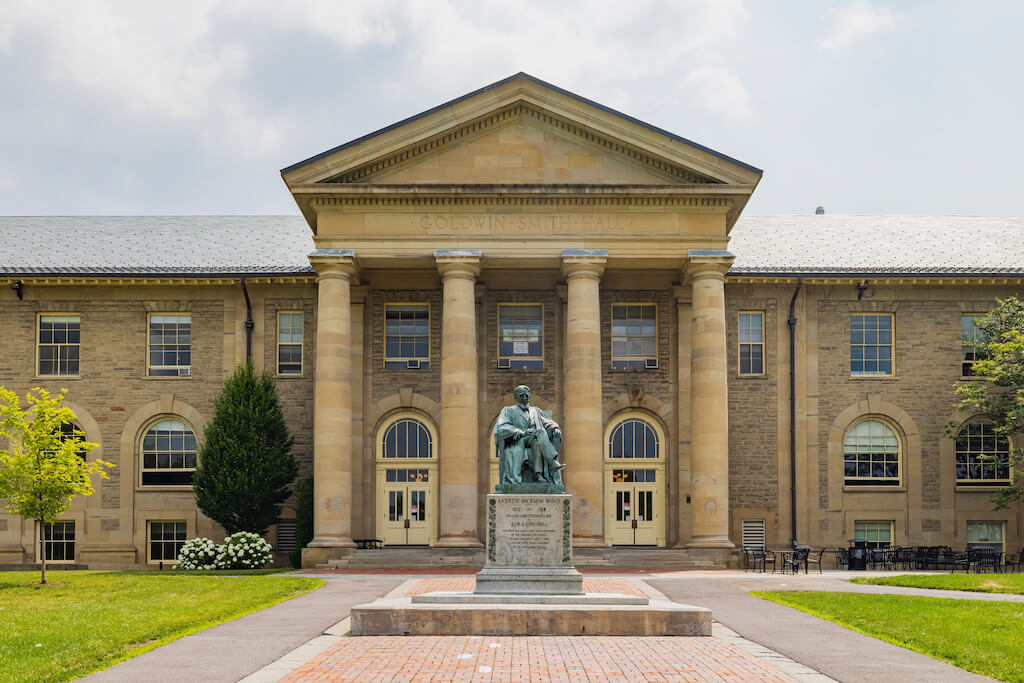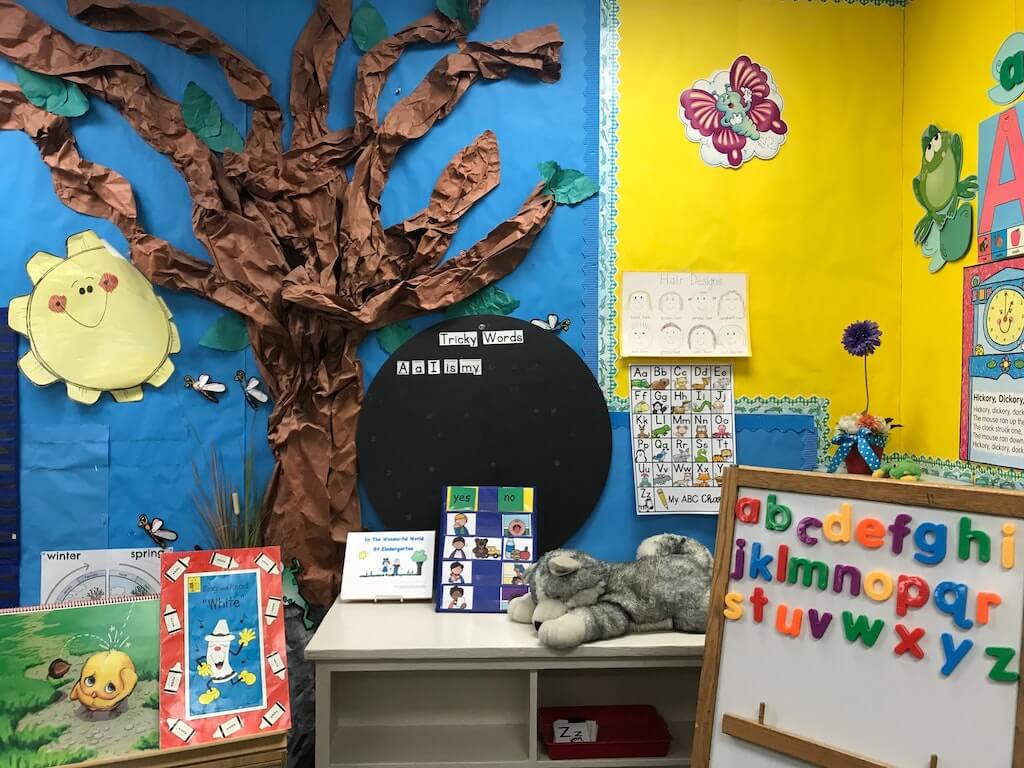Image courtesy of Recha Oktaviani on Unsplash
(Author’s note: When I moved to Austin, I donated my files from the years I served on the McDonogh School Board of Trustees to the McDonogh School archives. I thought that it would be useful to craft a series of articles reflecting some of the work we did during a period of transformation for the school.
The dates and data referenced are from my memories and may be off a bit. I have chosen not to list names of individuals I worked with but refer to them by position or title. I hope the articles are helpful for board members of other private schools.)
The McDonogh School is a private school established by the City of Baltimore in 1873 after receiving a bequest from New Orleans businessman and philanthropist John McDonogh. Over the years, it transformed from a self-sustaining farm school educating orphaned boys to a semi-military private day and boarding school for boys.
In 1971, the school’s Board of Trustees voted to drop the semi-military program. In 1975, the Board decided to admit girls, becoming a co-educational private school.
The co-ed conversion rewarded and challenged the school. Overall student enrollment increased, but the number of boarding students decreased.
Buildings and programs developed through more than a century of operation had to adapt and change. Girls’ dress codes, athletic teams, locker rooms, and dormitories had to be established, among other items.
In the 1980s, I was invited to join the Finance Committee of the McDonogh Board of Trustees. The Board used its committee structure to “audition” potential members. I had served as President of McDonogh’s alumni association and knew several board members who were alumni association former presidents.
Annually, McDonogh’s CFO presented a draft budget to the Finance Committee for its review before submitting the final budget to the Board for approval. Comprehending the school’s finances took time, even for a CFO like me. Members of the Board not on the Finance Committee did not always understand the ways in which the school’s operating revenues and expenditures were interwoven with the school’s assets and liabilities.
McDonogh’s transformation from semi-military school to boys’ prep school to co-ed prep school had triggered many changes. Some felt that more alterations needed to occur. The Board decided to build a comprehensive strategic plan as a guideline for the administration, parents, alumni, and future boards.
During the development of the plan, the officers of the Board realized that the list of future and current needs exceeded the resources available. When I was invited to join the Board in 1990, I was asked to co-chair the strategic planning committee. Most of McDonogh’s current and future strategic needs were outlined.
However, identifying ways to fund those needs had not been detailed. That task fell to the Board’s Treasurer and me.
The Board Chair asked us to build a financial model that aligned to the strategic plan as well as a communication plan to improve all trustees’ financial acumen. Because of the relative infrequency of Board and Board committee meetings and undefined funding requirements for strategic projects, the development of the model as well as the progression of the communications took years, not months.
The McDonogh strategic planning committee had solicited the thoughts and ideas of nearly all the school’s constituents to build a comprehensive plan. The plan included projects that were already underway and projects that had been on the planning books for years, as well as newly envisioned projects. Few projects had been refined to the point where detailed cost projections were available.
Initially, the Treasurer and I created a list of all the strategic plan projects that would require funding. At a meeting of the Board’s Executive Committee, we displayed a chart with the “needs” list on the left and a column on the right for “funding sources.”
Many of our needs had question marks instead of numbers for their estimated costs. The funding sources column was initially blank.
Working with the Headmaster, the Executive Committee prioritized the projects. At a subsequent meeting of the Board, the priorities were discussed and confirmed. Various Board committees were asked to develop and refine the prioritized projects as well as develop the estimated costs for their projects.
The Treasurer and I agreed that the first step in the financial modeling process should be to build an interactive budget model that was able to project revenues and expenses for the 10-year period covered by the strategic plan. Based on the operating projections, we could determine how to best insert the priority projects in the timetable.
As part of our annual budget review process, the CFO and the Finance Committee had developed historical summaries of our revenues and expenses. They also collected certain operating statistics such as total students enrolled, by grade, by gender, students receiving scholarships, student who were full pay, and so on.
The Treasurer, CFO, and I agreed that it was imperative that the 10-year projections for McDonogh’s operations should be conservative in nature and in the black (defined as break even or better). We used some of those historical operating statistics to frame the basis of our assumptions and developed new assumptions for projections not previously modeled by this private school or the Board.
Part 2 will discuss some of the work done to build 10-year projections of the school’s operations.











